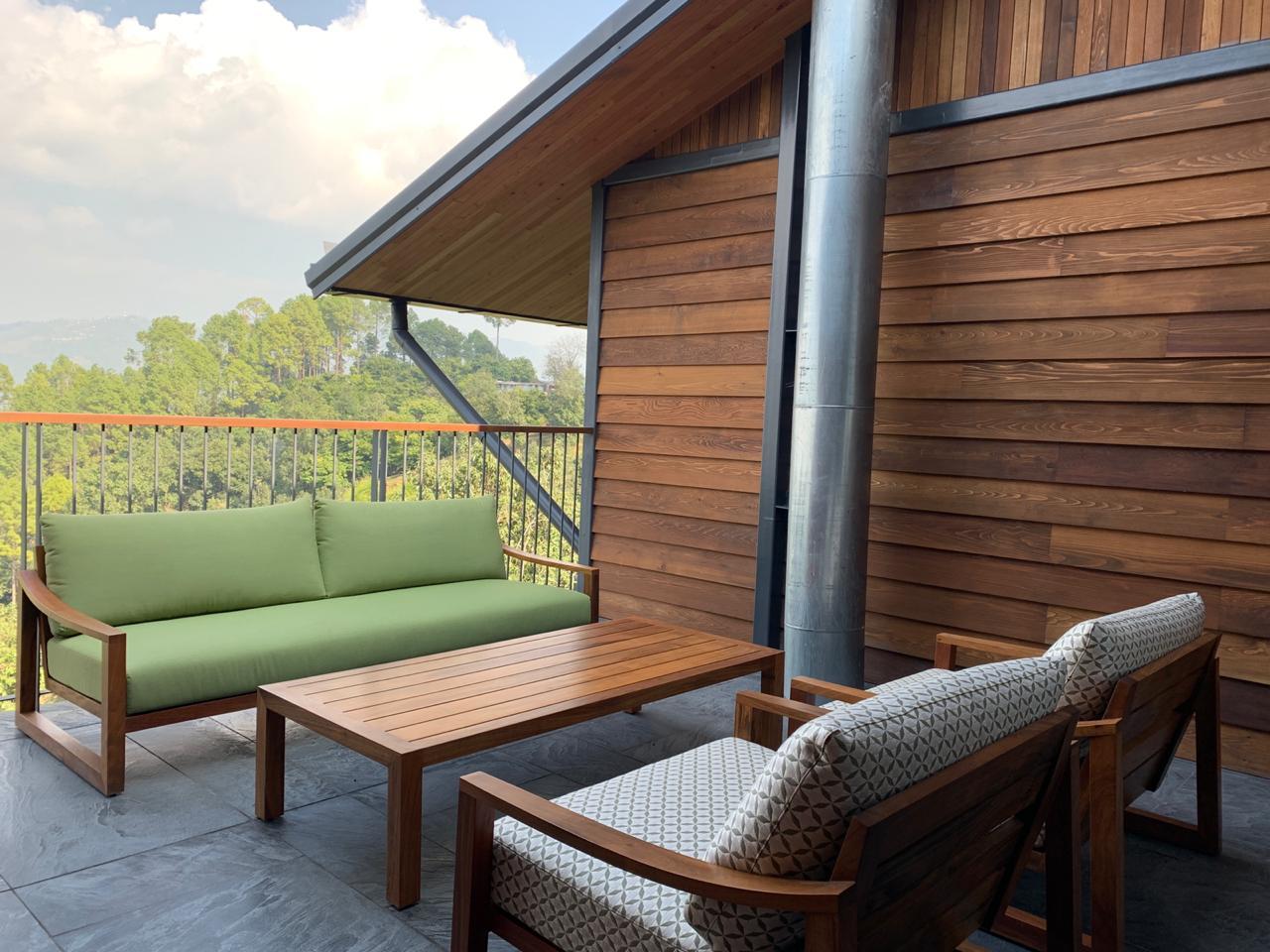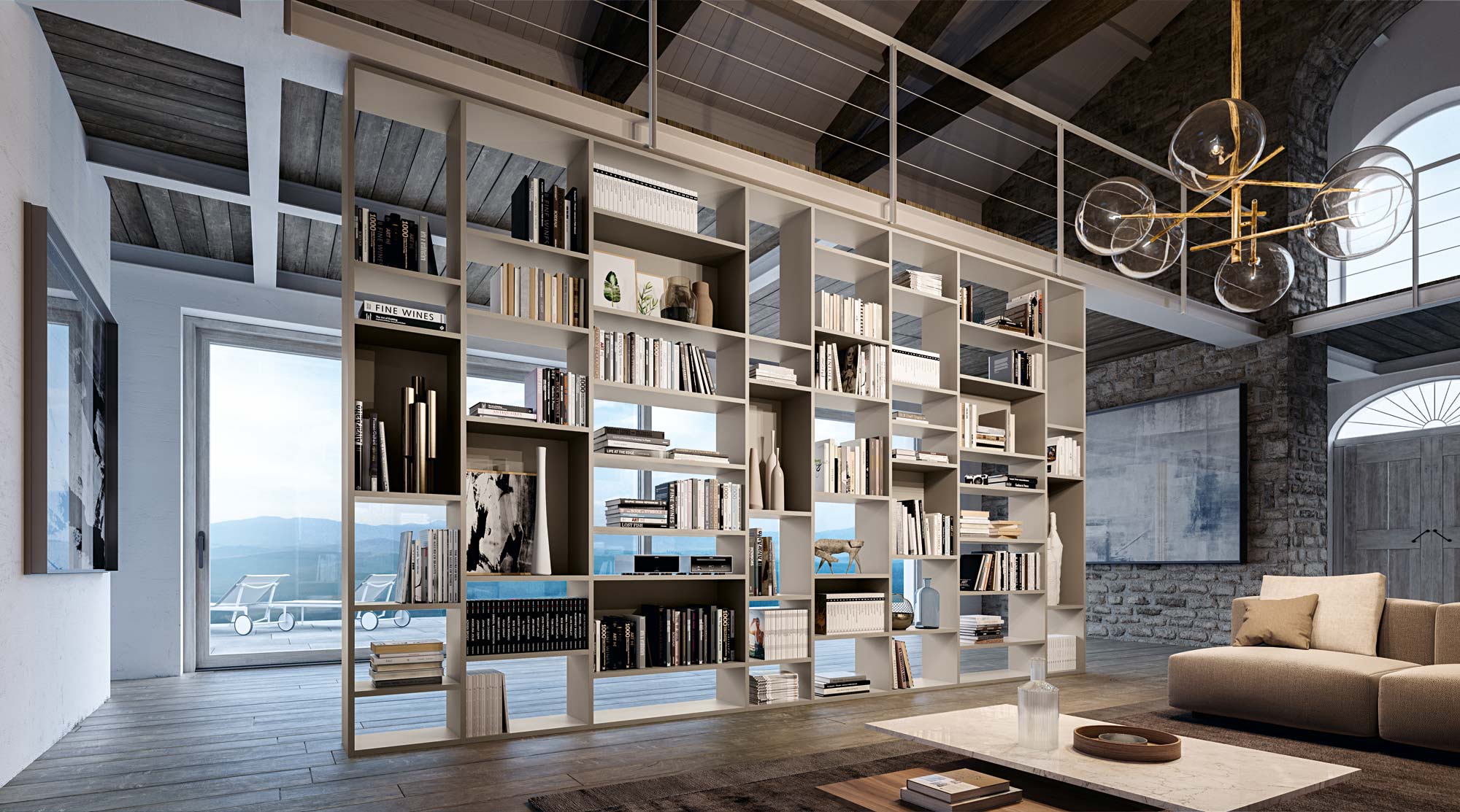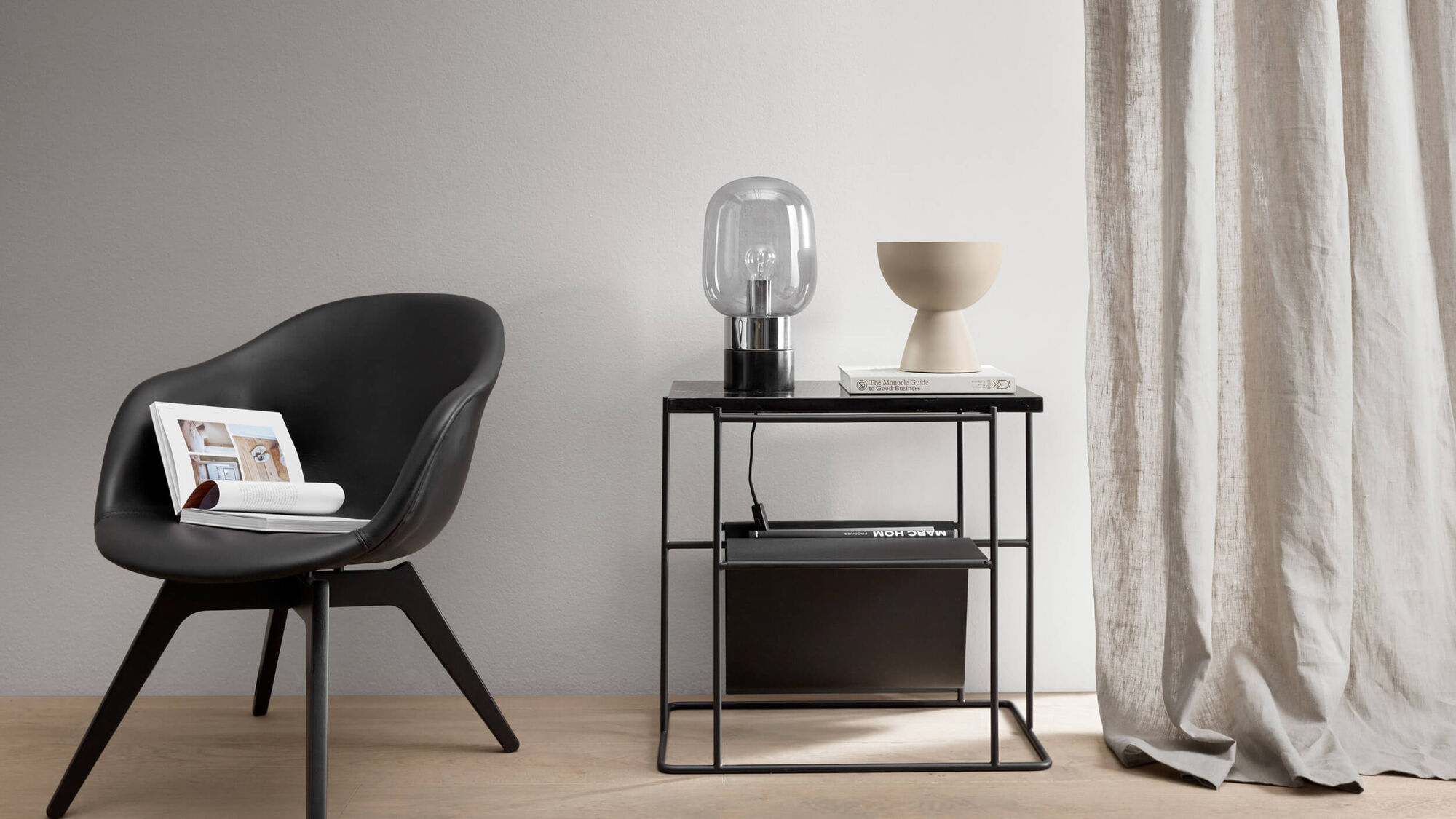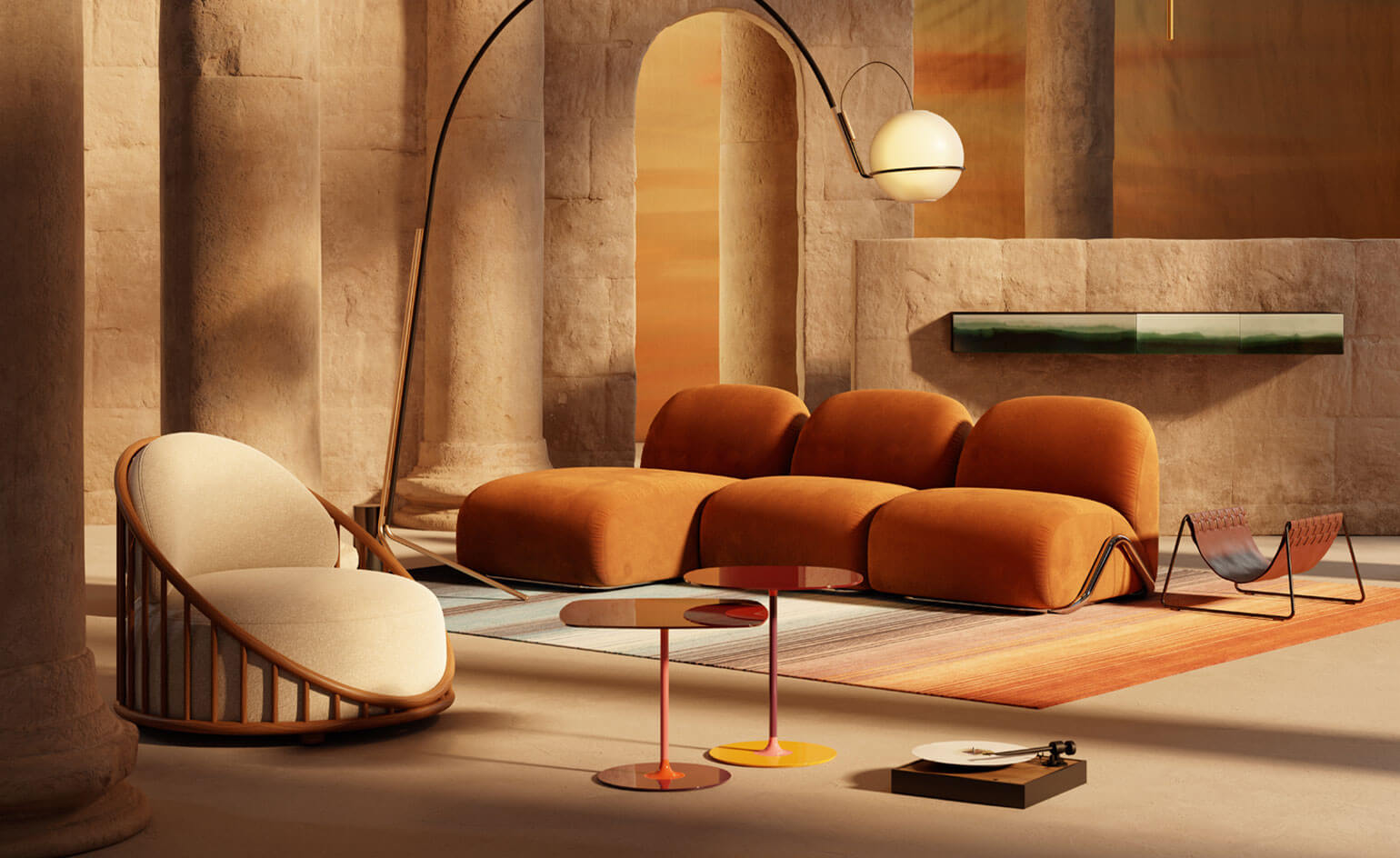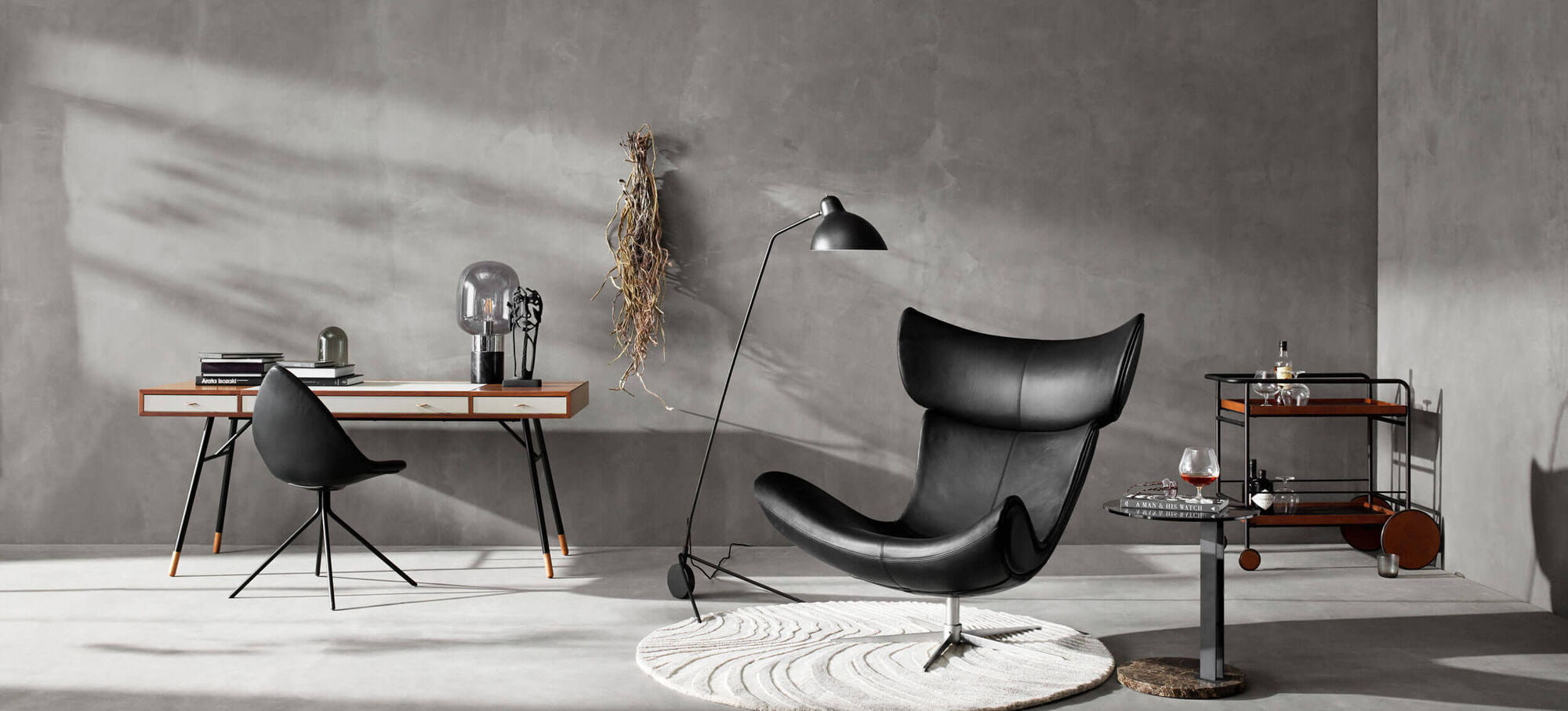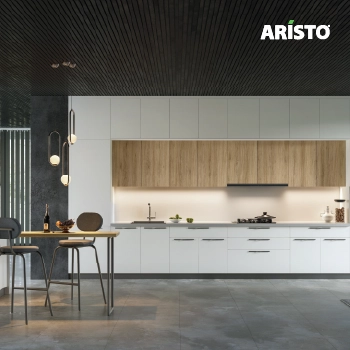British Columbia, Canada, is renowned for its vast forests, teeming with diverse species of trees. Among these, the Western Hemlock stands out as one of the most common and versatile wood species found along the coast of British Columbia (B.C.), Canada. Let’s delve deeper into what makes Western Hemlock so popular and its various applications across industries.
Understanding the Western Hemlock Species
Western Hemlock has come a long way and has become widely recognised as a suitable alternative to hardwoods, both in the interior design and furniture industries and among architects. Additionally, Western Hemlock is also one of the five wood species that Canadian Wood offers. Canadian Wood is well known for responsibly sourcing its timber from sustainably managed forests in British Columbia (B.C.), Canada.
A coniferous species native to the Pacific coastal region of British Columbia, Canada, the wood of Western Hemlock has unique properties that make it a highly valuable resource for a variety of industries. The timber is highly sought after for its workability. Moreover, its fine grain, uniform texture, and pale colour make it an appealing choice for craftsmen and architects alike.
Reasons behind the popularity of the Western Hemlock Species
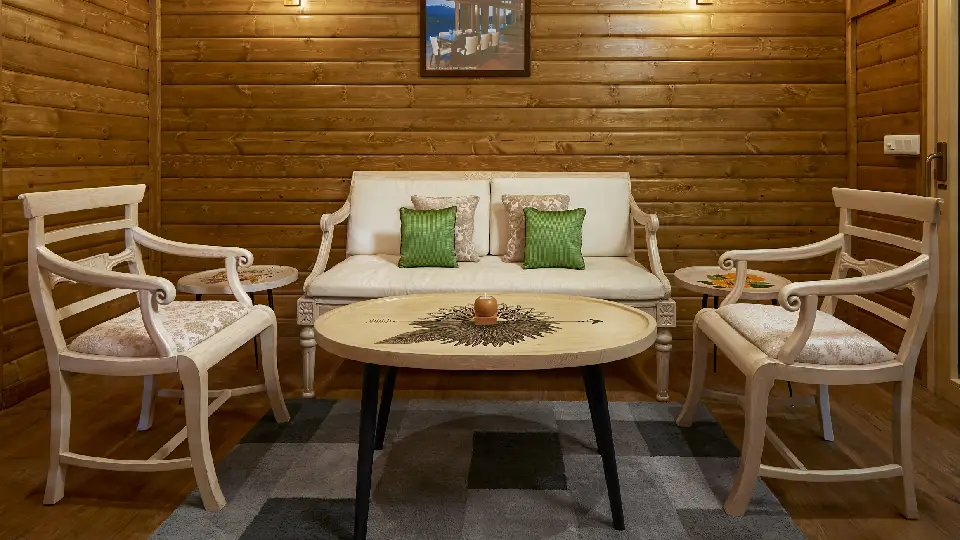
Adaptability and workability
Western Hemlock’s adaptability and workability are unmatched, making it a preferred choice for various projects. Its even density makes it ideal for machining. Furthermore, its exceptional strength-to-weight ratio adds to its stellar reputation for exceptional working properties.
Quality and versatility
Despite requiring careful attention during the drying process, Western Hemlock yields a high-quality end product. Its malleability makes it easy for craftsmen to turn, plan, and shape the lumber, achieving accurate finishes with minimal effort. Moreover, this wood exhibits good adhesion properties, moderate nail and screw holding ability, and a stunning polish, enhancing its appeal for various applications.
High strength and decay resistance
It is also uniformly seasoned in dry kilns. This not only increases its stiffness and strength but also enhances its ability to resist insect infestation and decay. These properties make it a material of choice for horizontal components and longer spans, frequently used in railway ties following treatment. Due to its strength, stability, and decay resistance, Hemlock is highly sought after in the construction industry. It is, therefore, considered ideal for framing, flooring, and sliding applications.
Varied applications
Western Hemlock’s practical applications and popularity vary by region. In India, for example, Hemlock is commonly recommended for furniture, solid doors, finger joint doorframes, and other interior applications. However, glue-laminated beams and stock lamination are two common uses for this wood species in Japan. Its versatility is not limited to structural applications; in interior woodworking, mouldings and other decorative elements are among its most popular uses.
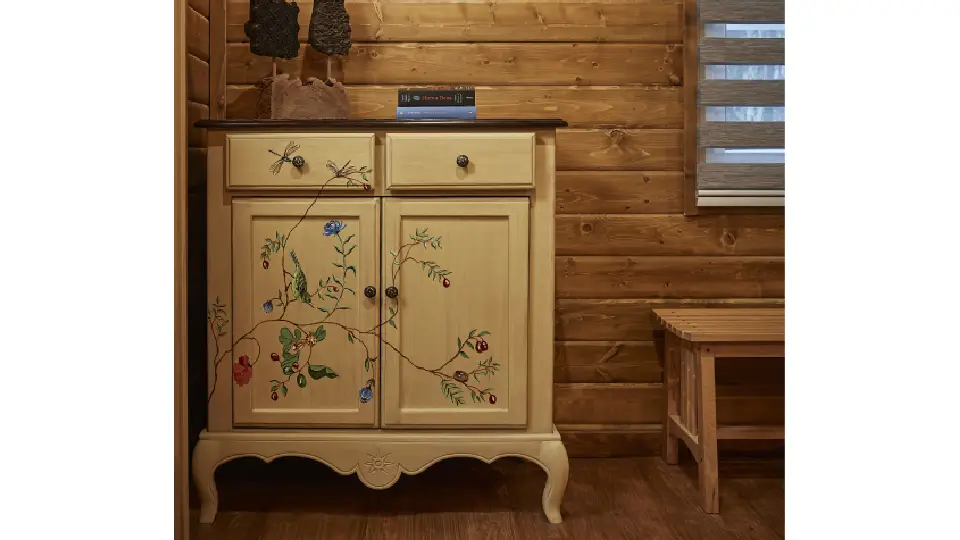
Importance of sustainable forestry practices for Western Hemlock
The long-term viability of Hemlock forests in Canada is dependent on the implementation of sustainable forestry practices, irrespective of their commercial value. To preserve ecological balance and protect biodiversity, responsible harvesting and management practices are used. These techniques include selective logging, habitat preservation, and reforestation.
Canada’s hemlock forests can continue to flourish and continue providing plentiful resources while maintaining the integrity of ecosystems for future generations if certain sustainable forestry practices are adopted.
Enhancing your well-being with biophilic designs in Canadian Wood
Biophilia means humans’ irresistible urge to form a connection with nature. Biophilic living is the big “B” word in the









